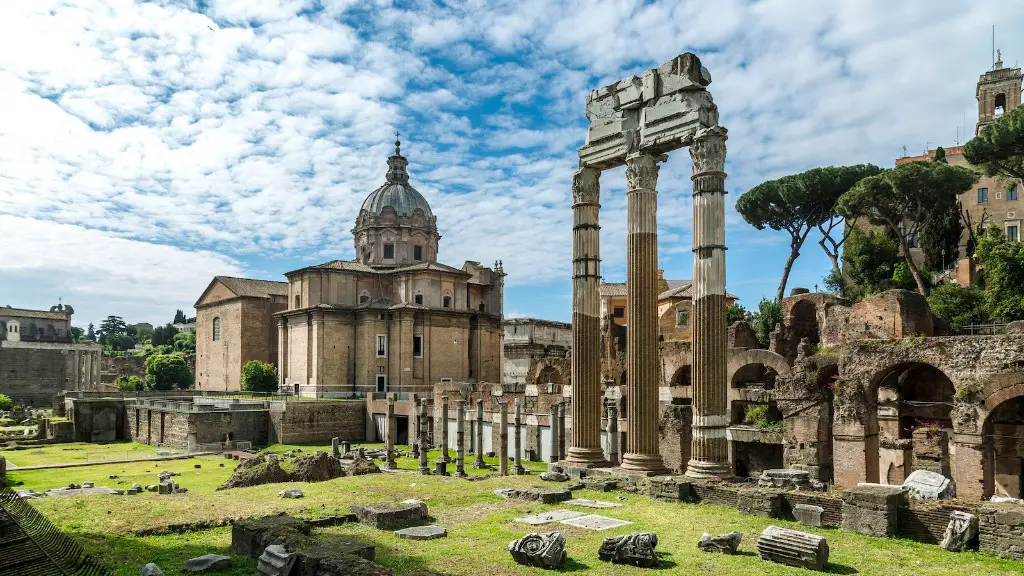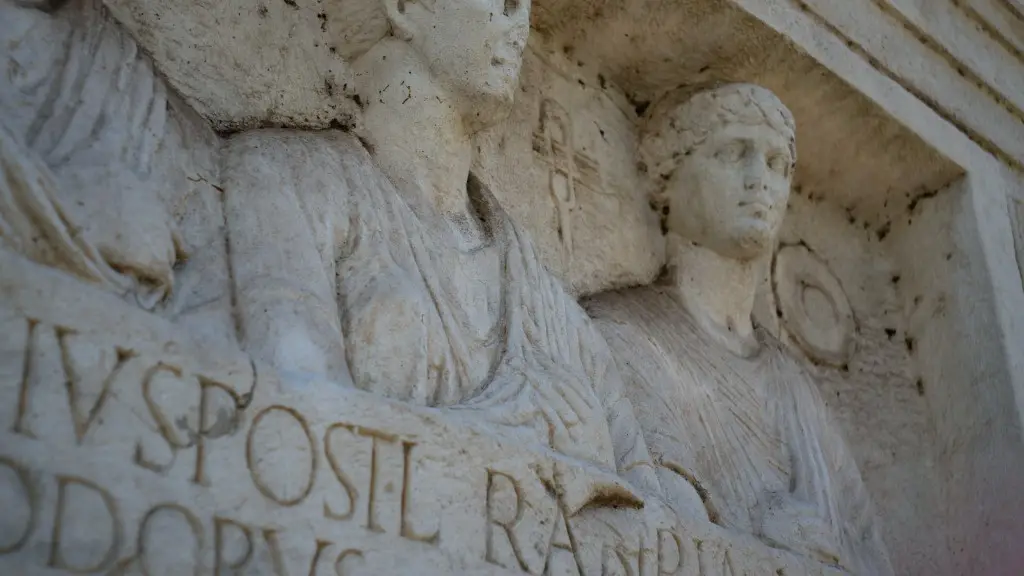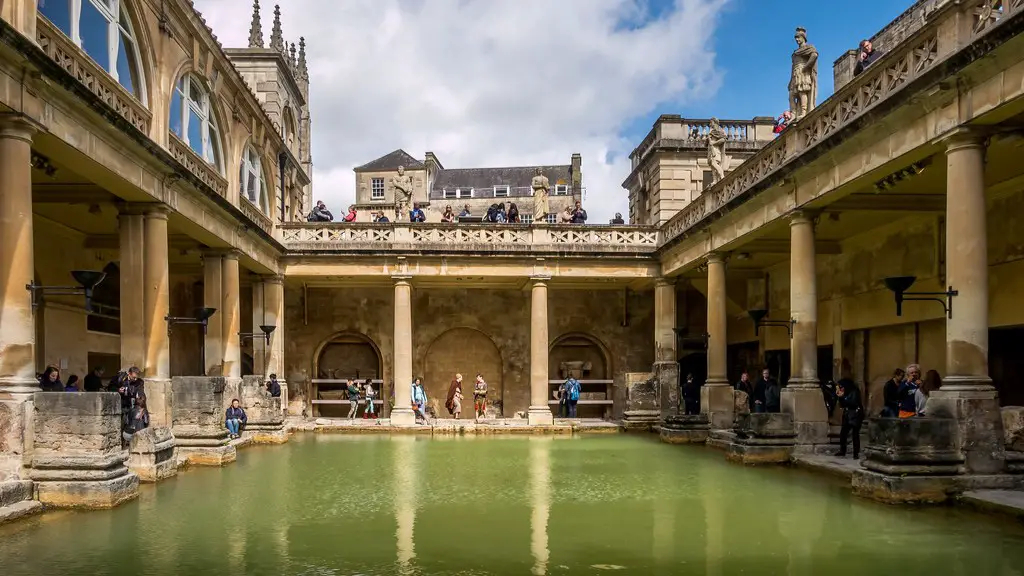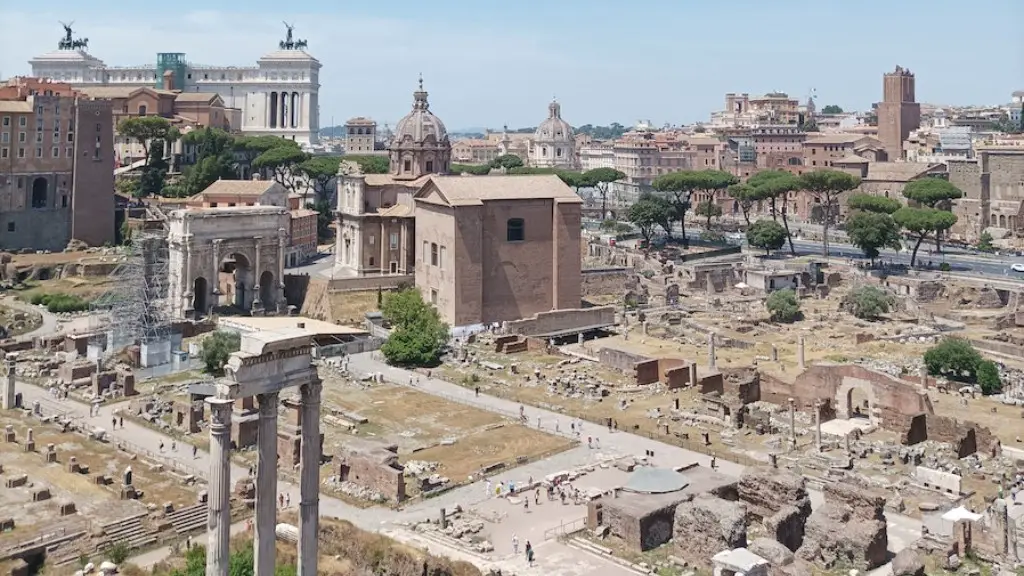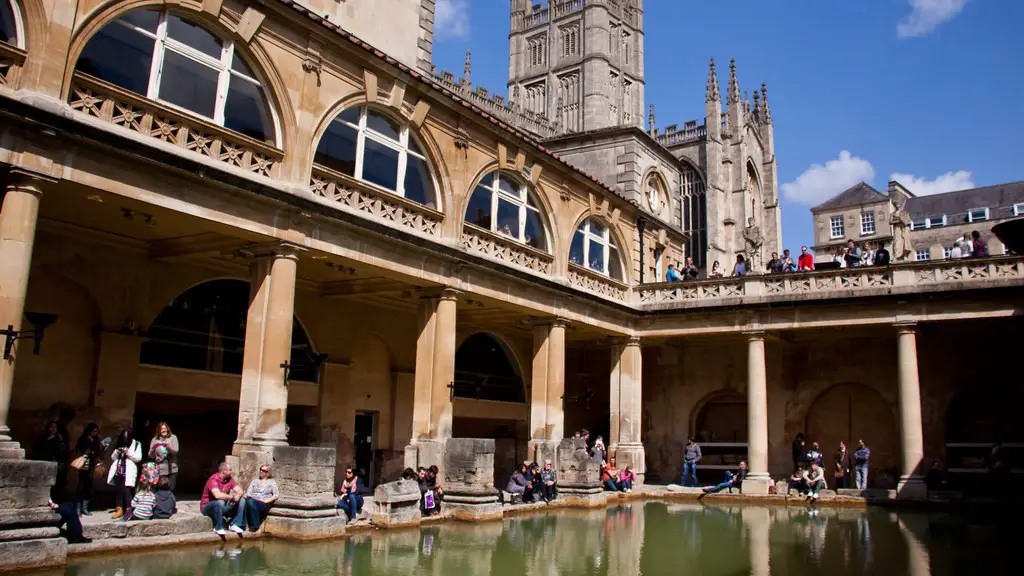economic development in ancient Rome was spurred by the state’s dogged pursuit of conquest and expansion. Roman armies not only created new provinces and installed governors to oversee them, but also cleared the way for trade routes and installed customs posts along them. This not only generated new revenue for the empire, but also created opportunities for merchants to connect with new markets. The result was a more diverse and complex economy, with new goods and ideas flowing in from all over the world.
From an economic standpoint, Rome was very much a regional power. The Roman economy was highly localized and trade outside of the immediate region was not a priority for most Roman producers. That being said, there is evidence of some trade between Rome and other areas of the Mediterranean and beyond. Productive Roman provinces, such as Sicily, were often early recipients of Roman goods shipped from other provinces, such as North Africa. Pepper, silks, and other exotic items were also likely traded between Rome and the East.
How did the Romans trade with other countries?
The Romans were very good at trading goods throughout their empire. By importing goods from other countries, they were able to raise their standard of living and enjoy many luxuries. The Romans used their network of roads and waterways to transport goods from one country to another, which made trade very efficient.
The main trading partners of Britain during the Roman period were Spain, France, the Middle East and North Africa. Britain exported lead, woollen products and tin to these regions, while importing wine, olive oil, pottery and papyrus from Rome. British traders relied on the Romans to provide security within the Empire, which allowed for a relatively safe and prosperous trade relationship between the two regions.
Did the Roman Empire have good trade
The Roman army made the roads and sea routes safe for traders. In turn, trade helped the economy grow. People in each area of the empire could sell what they grew or made to people in other areas who could use these goods. They could also buy things that they couldn’t produce for themselves. This system led to a more prosperous and stable empire.
The Roman Empire was very reliant on trade in order to maintain its large population. Rome itself was a big city that needed to import large amounts of food from all over the empire. Luxury goods also came from all over Europe, Africa, and the Near East. Silk was a particularly valuable commodity that came on camel caravans from China. The Roman Empire was very interconnected with the rest of the world thanks to trade.
Did Rome trade with Africa?
The trade between Rome and Africa was very beneficial for both parties. Rome gained access to many precious and exotic goods that were not available elsewhere, while Africa benefited from the economic and cultural exchange that took place. This trade would last for centuries and would eventually lead to the development of diplomatic relations between the two regions.
Regional, inter-regional and international trade was a common feature of the Roman world. A mix of state control and a free market approach ensured goods produced in one location could be exported far and wide. The Roman world was a complex network of trade routes, with goods moving between producers and consumers. This system of trade allowed for the exchange of goods and ideas between different cultures, making the Roman world a cosmopolitan place.
Did ancient Rome trade with China?
During the first and second centuries CE, the Roman Empire reached its apex. After becoming master of the Mediterranean, Rome looked eastwards Seeking new markets, large Roman trade fleets reached the ports of India and China, bringing back precious exotic commodities. This not only boosted the economy but also increased cultural exchange between the East and West.
Roman trade with India was extremely important for the Roman Empire. India was a major source of spices, which were used in various Roman dishes and medicines. The Roman Empire also imported silk from India, which was used to make clothing and other items. The trade between the Roman Empire and India was well-documented, with Roman coins and other objects being found along the Indian coast and along the overland trade routes.
Did Rome trade slaves
The Romans were known to trade enslaved people across and within the borders of their territory. This was a common practice during their time and helped to fuel their economy. While the enslaved people were treated poorly, they were still valuable commodities that could be traded for goods and services.
The Roman Empire was one of the most influential empires of its time. Not only did it have a large impact on the political landscape, but it also played a big role in the development of trade and commerce. The Romans realized that they could more effectively grow their economy if they specialized in producing certain goods and traded them for items that other countries were better able to produce. This is essentially where the concept of modern day pipelines was born. The Roman Empire was a major contributor to the development of the global economy and the concept of trade.
Was Rome the center of trade?
Rome was an important center of trade in the ancient world. It had several trade routes throughout the Mediterranean Sea and established trade with other civilizations throughout the Eastern Hemisphere. Rome was a major supplier of food, wine, and other commodities. It also exported manufactures and luxury goods.
The ability to collect taxes in currency, growth of economic production and trade, and military victories all provided funds for building projects in Rome. The Flavian dynasty (69-96 A.D.) saw a great period of building activity in Rome. The most famous Flavian building project was the Colosseum. Vespasian began construction of the Colosseum in 72 A.D. and it was completed in 80 A.D. under his son Titus. The Colosseum could seat 50,000 people and was used for gladiatorial contests and public spectacles such as animal hunts.
What was ancient Rome’s economy and trade
Ancient Rome was primarily an agrarian and slave-based economy whose main concern was feeding the vast number of citizens and legionaries who populated the Mediterranean region. Agriculture and trade dominated Roman economic fortunes, only supplemented by small scale industrial production. Slavery was an integral part of the Roman economy, providing both labor for agricultural and industrial production, as well as a ready source of revenue for the Roman state.
The Romans in Britain imported items such as Samian ware pottery, Rhineland glass, olive oil, wine, and salted fish. Exports from Britain included a large amount of metal, wheat, cloth, and enslaved people.
Did the Romans trade with the Greeks?
The Pax Romana was a period of peace in the Roman Empire that lasted for over 200 years. This period was characterized by increased trade and commerce between the Roman Empire and the Greek-speaking eastern half of the empire. This period was also a time of great prosperity for the Roman Empire, as many new roads and buildings were constructed during this time.
The Romans were one of the first empires to cross the Sahara Desert. They did so along five different routes: through the Western Sahara, toward the Niger River, near modern Timbuktu through the Tibesti Mountains, toward Lake Chad and modern Nigeria. The Sahara was a formidable barrier to travel and communication, so the Romans’ ability to cross it was a significant achievement.
Conclusion
Yes, ancient Rome traded with other countries. Trade was an important part of the Roman economy, and the Roman Empire had extensive trade routes with other parts of the world.
The ancient Roman Empire was one of the largest empires in the world and controlled a large area. They had many resources and were able to trade with other countries. They also had a good military and were able to conquer other countries.
